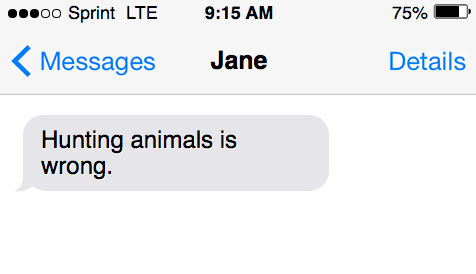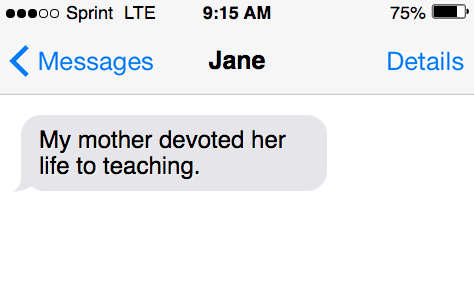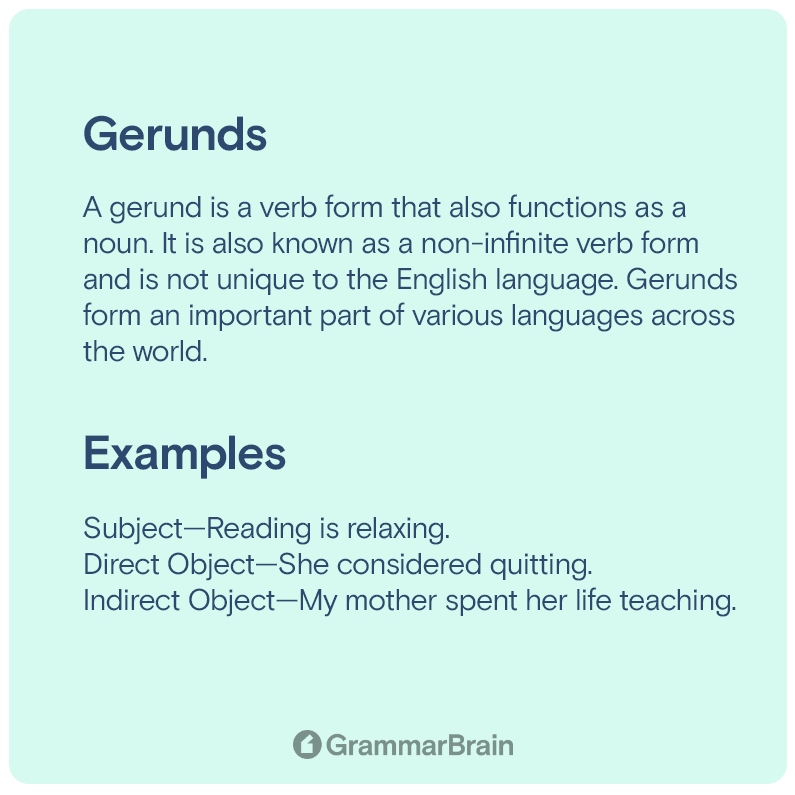What is a gerund? The English language is composed of various elements. A gerund is one of the integral elements of the language, without which the language would be incomplete.
Let’s understand what exactly a gerund is in this worksheet…
What is a gerund?
A gerund is a verb form that also functions as a noun. It is also known as a non-infinite verb form and is not unique to the English language. Gerunds form an important part of various languages across the world.
| Grammatical form | Definition |
| Gerund (noun) /ˈjerənd/ | a form that is derived from a verb but that functions as a noun, in English ending in -ing, e.g., asking in do you mind my asking you?. |
However, within the scope of the English language, a gerund displays the unique feature of functioning as both a verb and a noun. Gerunds can also be modified with adverbs in this language. In English, (-ing) is the gerund that turns verbs into nouns.
For example, Swimming, Walking, etc.
| Gerund used as: | Example: |
| Subject | Reading is relaxing. |
| Direct Object | She considered quitting. |
| Indirect Object | My mother spent her life teaching. |
Why are gerunds used?
Gerunds are used after action words or verbs, making them function as nouns. However, that is not always the case. Like other nouns, gerunds can also act as indirect objects, direct objects, or the objects of the prepositions.
Watch as a video lesson
Gerunds make the verb the object or the subject of a sentence or phrase by allowing its action to be understandable.
- For example: Walking is an excellent form of exercise.
For a comprehensive example of gerunds, see the table below.
| Gerund form | Example: |
| Subject | Traveling might satisfy you. |
| Direct Object | They do not appreciate me singing. |
| Subject Complement | My cat’s favorite activity is eating. |
| Object of Preposition | The police man caught him speeding. |
Where are gerunds used?
Gerunds are most commonly used after verbs. Words like walk- walking; talk- talking; avoid- avoiding, and so on. A verb+ing is known as a gerund when it makes the verb function as a noun.
- For example: Looking at this view makes me happy?
It is clear from the above example that the use of gerunds is taking place in their present participle form. The present participle simply means that the action or verb is taking place presently.
Examples of gerunds
- Driving
- Swimming
- Flying
- Walking
- Reading
Gerund rules to follow
- A gerund is a verb ending in -ing that is used as a noun.
- A gerund phrase consists of a gerund plus modifier(s), object(s), and/or complement(s).
- Gerunds and gerund phrases virtually never require punctuation.
What are gerund phrases?
As is common knowledge, phrases are a set of words that make sense on their own, however, they cannot be used on their own. For phrases to be used correctly, they must be used in a sentence.
A gerund phrase is a phrase that contains a gerund plus an object or a modifier. In some cases, the gerund phrase would contain both.
Furthermore, like any other phrase, a gerund phrase also acts like a noun in the sentence where it gets used.
How are gerund phrases used?
Like any other phrase, a gerund phrase acts like a noun in the sentence where it is used. It becomes the subject of the sentence in which it is used. Let’s check out some examples of these to get better clarity:
Examples
“Apologizing to them” is a common gerund phrase. It can be used in a sentence something like this:
- Apologizing to them for my actions recently is very important.
Another example of a gerund phrase could be “watching movies.” It could be used in a sentence like:
- Watching movies is my favorite hobby.
Types of gerunds
There are six types of gerunds in English. All of them have their own distinct identity and must get used in correctly. The following are all the types of gerunds recognized in the English language:
Subject
When the gerund becomes the subject of a particular sentence, it is known as a subject gerund.
Examples
- Hunting animals is wrong.
- Eating with your hands is not hygienic.
- Hiking is my newest obsession.
- Flying scares me.

Subject complement
When a gerund is used as a complement to the subject of a sentence, it is known as a subject complement gerund.
Examples
- My favorite hobby is reading.
- Public transport is my preferred mode of commuting.
- Your job description contains attending meetings as one of your duties.
- One of my favorite things in life is having breakfast in bed.

Direct object
When the gerund becomes the main object that is being addressed in a sentence, it is known as a direct object gerund.
Examples
- They do not like my dancing.
- I considered quitting this job.
- I enjoy walking.
- I love going to new cafes.
- I like singing

Indirect object
As the name suggests, when a gerund is not a direct object but an indirect one in the sentence, it is known as an indirect gerund.
Examples
- My mother devoted her life to teaching.
- My sister tried biking.
- On our last vacation, we tried rock climbing.
- We have made plans to try zip lining.

Object complement
An object complement gerund is used to highlight the object of the sentence. It is placed in addition to the object.
Examples
- I saw Melanie driving a car.
- I can see myself reading this book every day.
- I found Alice making her bed.
- I saw John riding a bike.
- I saw them running towards Raymond’s house.
Object of a preposition
As an object of a preposition, a gerund is always used when a verb follows a preposition, i.e. when it comes after a preposition.
Examples
- We arrived at our destination after driving for 5 hours.
- I reserved some hours this weekend for hiking.
- She is wonderful at dancing.
- Shaun is great at wind-surfing.
How gerunds and participles work together
Gerunds are the form of a verb in the present participle form. However, not every verb in a present participle form is a gerund. For a verb to become a gerund, it must act as a noun.
Examples
- Wondering
- Pondering
- Seeing
- Cramming
- Painting

Gerunds in Spanish
As mentioned earlier, gerunds are not just an integral part of the English language. They form the essential basics for a number of languages, and Spanish is one of them.
The Spanish language focuses heavily on gerunds, and they form a large part of the language’s rules. Within this language, gerunds can be used in the following ways.
- For words that end in ‘ar’, to turn them into gerund, the ‘ar’ would be replaced with ‘ando’.
- For words that end in ‘er’ or ‘ir’, the ‘er’ and ‘ir’ need to be replaced with ‘iendo’ to turn into a gerund.
However, as with every language, there are some irregularities here too.
Examples
Some examples of gerunds in Spanish are:
- Harblar: Hablando
- Comer: Comiendo
- Vivir: Viviendo
- Cantar: Cantando
- Beber: Bebiendo
- Bailar: Bailando
How gerunds and infinitives work together
Infinitives are another essential part of the English language. A common thing between infinitives and gerunds is that they are both a form of verbs. Infinitives are those verbs before which “to” is added. For example: “to do,” “to say,” “to leave,” etc.
Both gerunds and infinitives can be used as an object in a sentence. However, only gerunds can be made the subject of a sentence. While infinitives are put before the verb form, gerunds are put after the verb form.
An infinitive can be used in two different ways:
- either as a noun that expresses a single idea or
- as an adjective to characterize another word in the phrase.
Examples
Gerunds and infinitives can be used in the same sense as a sentence. However, their application would be different. To put it simply, a sentence where a gerund is used can be reworded to include an infinitive without changing the essence of it. Some examples of gerunds and infinitives include the following:
- Gerund: We love watching movies, but we did not have the time.
It would still make sense if the gerund “watching” is replaced with an infinitive. For example:
- Infinitive: We love to watch movies, but we did not have the time.
Other examples to help make this simpler:
- I love traveling, but I cannot afford it this year.
- I love to travel, but I cannot afford it this year.
- I love drinking a cold beverage in hot summer months.
- I love to drink a cold beverage in the hot summer months.
How to create a gerund
Creating a gerund is rather simple. As discussed above, a verb root + ing makes a gerund. A gerund is, thus, a present participle. However, a present participle verb is not automatically a gerund.
These are super versatile words, almost as versatile as a noun itself.
However, when using gerunds, it is essential to focus on the correct usage depending on the type of sentence getting constructed.
Example:
FAQs
How does a gerund turn into a participle phrase?
If the gerund is used as a modifier (an adjective or adverb modifier) it is now a participle phrase or participle phrases. There are many types of phrases in the English language. From noun phrases to prepositional phrases.
Can a gerund function as a noun?
It can. When a gerund phrase functions in a sentence like a noun, it can act as a subject, an object, or predicate nominative.
Sources
- Gerund | EF | United States
- Gerunds // Purdue Writing Lab
- Using Gerunds and Infinitives – Hunter College
- Understanding Verbs: Gerunds, Participles, and Infinitives
- GERUNDS AND INFINITIVES | American University
- Gerunds and Infinitives
- Infinitives and gerunds | Valencia College
Inside this article
Fact checked:
Content is rigorously reviewed by a team of qualified and experienced fact checkers. Fact checkers review articles for factual accuracy, relevance, and timeliness. Learn more.
Core lessons
Glossary
- Abstract Noun
- Accusative Case
- Anecdote
- Antonym
- Active Sentence
- Adverb
- Adjective
- Allegory
- Alliteration
- Adjective Clause
- Adjective Phrase
- Ampersand
- Anastrophe
- Adverbial Clause
- Appositive Phrase
- Clause
- Compound Adjective
- Complex Sentence
- Compound Words
- Compound Predicate
- Common Noun
- Comparative Adjective
- Comparative and Superlative
- Compound Noun
- Compound Subject
- Compound Sentence
- Copular Verb
- Collective Noun
- Colloquialism
- Conciseness
- Consonance
- Conditional
- Concrete Noun
- Conjunction
- Conjugation
- Conditional Sentence
- Comma Splice
- Correlative Conjunction
- Coordinating Conjunction
- Coordinate Adjective
- Cumulative Adjective
- Dative Case
- Determiner
- Declarative Sentence
- Declarative Statement
- Direct Object Pronoun
- Direct Object
- Diction
- Diphthong
- Dangling Modifier
- Demonstrative Pronoun
- Demonstrative Adjective
- Direct Characterization
- Definite Article
- Doublespeak
- False Dilemma Fallacy
- Future Perfect Progressive
- Future Simple
- Future Perfect Continuous
- Future Perfect
- First Conditional
- Irregular Adjective
- Irregular Verb
- Imperative Sentence
- Indefinite Article
- Intransitive Verb
- Introductory Phrase
- Indefinite Pronoun
- Indirect Characterization
- Interrogative Sentence
- Intensive Pronoun
- Inanimate Object
- Indefinite Tense
- Infinitive Phrase
- Interjection
- Intensifier
- Infinitive
- Indicative Mood
- Participle
- Parallelism
- Prepositional Phrase
- Past Simple Tense
- Past Continuous Tense
- Past Perfect Tense
- Past Progressive Tense
- Present Simple Tense
- Present Perfect Tense
- Personal Pronoun
- Personification
- Persuasive Writing
- Parallel Structure
- Phrasal Verb
- Predicate Adjective
- Predicate Nominative
- Phonetic Language
- Plural Noun
- Punctuation
- Punctuation Marks
- Preposition
- Preposition of Place
- Parts of Speech
- Possessive Adjective
- Possessive Determiner
- Possessive Case
- Possessive Noun
- Proper Adjective
- Proper Noun
- Present Participle
- Prefix
- Predicate



